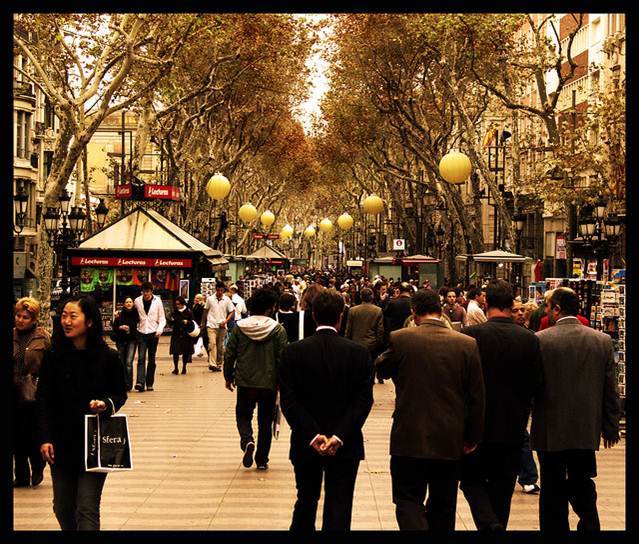pdb gallery
A gallery of some of the photo collections that accompanied past blog posts, as well as pictures that, for good or bad, caught my attention.

made me smile. wonder why we must be cautious of levitation?
placemaking in bermuda - the waterfront
this was a pechakucha bermuda presentation reproduced for pdb

Planners and architects tend to engage in 'tick the box' planning, where projects are made to 'fit' the development plan and building code regulations of the day.

Efforts to rebrand and renew Bermuda as a visitor destination must involve 'placemaking' principles when developing the proposed hubs. This is more than 'tick the box' planning.

Any great place needs 10 things to do or reasons to be there and placemaking is bottom up community engagement; listening to the people who live, work and play in a place. If locals don't want to do it, why would tourists?

Hamilton is hub #2 and a re-vitalised waterfront has the potential to be a great place and space. Re-position the cruise ship berth, container port and car parks and replace them with...what?

The tourism plan highlights a new performing arts centre, conference facilities, gaming - all of which are possibilities for iconic status or starchitecture.

Iconic architecture on a grand scale works in Sydney's massive harbour but is Hamilton's waterfront and harbour the best location?

Hamilton's much smaller waterfront and harbour does not need iconic architecture. Why clear the area of ship berths, parking lots, various sheds, etc. only to block the view again with more buildings? A casino can go anywhere.

The issue is not new built structures on the waterfront - historically there were always buildings there - the issue is how many, what they're for and where they are.

If the waterfront's placemaking works well, the area will be full, busy and active, like Las Ramblas. Here you can sit, eat, enjoy music, absorb performance art, meet and greet people and so on. It's a great place.

In re-vitalising the waterfront, consider the entire stretch from BUEI to Fairmont Hamilton Princess. The main focus may be the waterfront but we could create focal points alont the length.

Re-shaping the waterfront will fix views such as that from the Cabinet Office, a significant building hosting important ceremonies.

Another view which is overdue for improvement is the centrepiece of the waterfront, the flagpole. But before architects dream up new cool structures, remember the maxim less is more.

Lincoln Centre was built as part of an urban renewal plan and, following that renewal or regeneration theme, a new arts centre may be better located elsewhere in Hamilton, rather than on the waterfront.

A new arts centre could do more as a catalyst for urban regeneration located on a site such as the Victoria Street clinic. Picking up placemaking principles, Hamilton needs more than one great place. All our eggs should not be in the waterfront basket.

For those who think Victoria Street is far away, Hamilton is the 10th smallest city in the world. There are pathways and connections between parks, the waterfront, the clinic site, as well as neighbourhoods close by.

Claiming distance as a problem in such a small city as an unnecessary obstacle in the path of urban improvement. Instead, erect signs that help as they did in Raleigh, North Carolina.

Waterfront options are innumerable. Paris creates a beach by the Seine River every summer: all elements of a great place are there.

Instead of an iconic building, perhaps an iconic activity? The London Eye may be a bit Disney but we should consider a mixture of formal/informal events that change regularly and temporary rather than permanent structures: be flexible. And, ask us, the community, what we'd like to do.

Engage the community in decisions about the waterfront e.g. using People Make Parks methods. People will enjoy and use places they help make.

Granville Island is a great place and space. It has a farmer's market, artists' galleries and studios, a marina, restaurants and cafes, housing, street musicians and more. Hamilton needs placemaking principles applied as the hubs envisioned by the Tourism Plan are developed.




















density: the world and us






